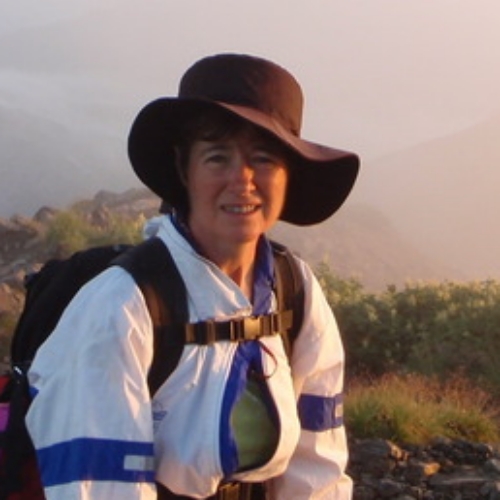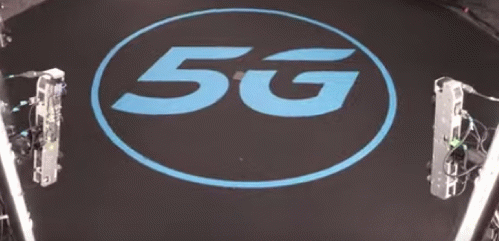In America it is normal, despite historical incidences of malfeasance, to assume our government is faithfully doing its best to protect the public and that regulations have been produced through the advice of non-conflicted professionals with public health as a top priority. But when national security demands a few compromises be made and then when new developments in technology and new scientific findings make the older flawed guidelines even more obsolete, is it really wise to expect vested interests with political clout and responsibilities to their stakeholders to be ethical rather than do all in their power to ensure the new evidence never sees the light of day?
Responding to concerns about the planned 5G rollout, the FCC says there is no proof of harm. The relevant scientific literature, on the other hand, indicates much potential for harm. With the rollout of smart meter technology, awareness of this has grown from a formerly tiny minority that was easily intimidated and dismissed to a growingly vocal minority that includes many dedicated campaigners.
A Captured Regulatory System
2018 California Senate candidate Kevin Mottus, in an interview with EMF campaigner Josh del Sol during "5G CrisisAwareness & Accountability" Internet summit (currently wrapping up) explained the situation in America. This video will be unavailable without a fee and the transcript is also behind a paywall. There will be an encore public viewing on Sep. 7-8 that can be accessed by signing up here. Mottus's presentation brought up information I've not seen elsewhere, so I took notes and have rephrased and reorganized what he said below for the public benefit.
The FCC, says Mottus, oversees human exposure guidelines. But they are a captured agency. In fact, it is so bad the Harvard Ethics Dept. wrote a report titled, "How the FCC is dominated by the industries that it is presumably regulating." In essence we are allowing the wireless industry to regulate itself. Run by industry insiders. The FCC website says, "At the present time there is no federally mandated radio frequency exposure standard."
That's right, no standards at all for exposures to an obvious, contentious pollutant increasing at a more than exponential rate. There are guidelines, i.e., suggestions for limits, but those are based on recommendations from the profiting industry.
No Safety Testing
When pressed about health issues, the FCC says it takes advice from the FDA. The FDA, on the other hand, performs an advisory role, but does not have primary responsibility for exposure standards, the FCC does. The FDA has performed research, says Mottus, but that was done in collaboration with CTIA, the wireless industry's lobby and trade organization. The FDA has done no safety testing at all. The FDA itself notes, "Under the law, FDA does not review the safety of radiation-emitting consumer products such as cell phones and similar wireless devices before they can be sold, as it does with new drugs and medical devices."
Neither the FCC nor the FDA provide any basis for claims of safety. They point at each other to back up their claims, and when that doesn't work, they turn to the American Cancer Society, which sounds like a good choice for expertise. The problem is, though, that the American Cancer Society is not a research institute. It's a funding organization, says Mottus. Worse, it works closely with the wireless industry. ATT is one of its corporate partners. Three of 10 CEOs on its global council are wireless industry execs, including one from Motorola, the company that famously attacked researchers Henry Lai and Narendra Singh for publishing a report detailing DNA breaks caused by radiation at frequencies and field strengths similar to cell phones.
The FDA, FCC and American Cancer Society are thus all heavily conflicted organizations.
There is no safety testing for wireless radiation. The industry conducts a form of testing, but what it does is test a bag of saline fluid to determine the specific absorption rate (SAR), i.e., how much radiation is absorbed by the bag, to ensure excessive heating would not occur under analogous circumstances, but no research is done on actual people. To do so would be unethical, given what we know about EMFs at these field strengths from animal studies.
In any other industry, normal safety testing would be conducted by government agencies prior to marketing, and this would include human testing. Furthermore there would also be post-market follow-up to see if any people were experiencing adverse effects. This should apply not only to users, but other people affected, such as those living near the cell towers. This should be performed by the FDA, not the FCC.
The FCC does not even have a health department. Those approaching the FCC for answers are stonewalled. Chairman Ajit Pai calls the pollutant radiofrequency "energy," sidestepping the officially recognized term "radiofrequency radiation" with its negative connotations. (An Australian lawyer who also spoke at the summit said that trying to dumb down the population by changing terms like that constitutes fraud.) Pai says the FCC is testing, but as noted above, all they are testing is how much people are exposed, not how they are affected, and the engineers performing the testing have no expertise in biological effects.
(Note: You can view every article as one long page if you sign up as an Advocate Member, or higher).






